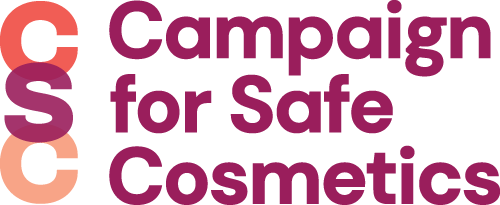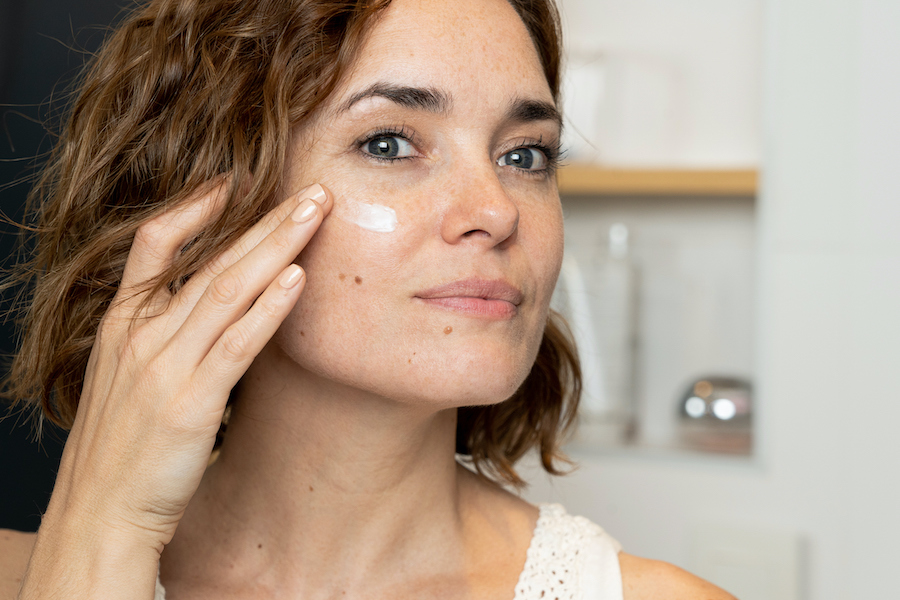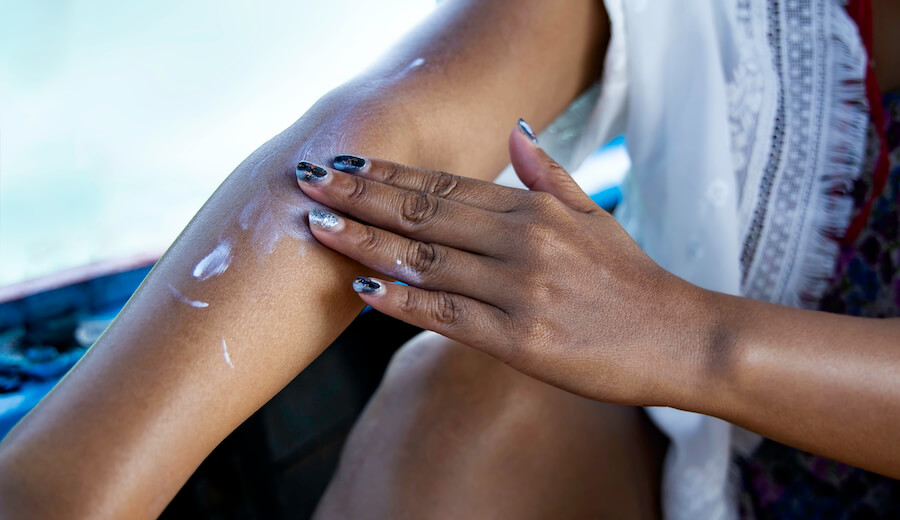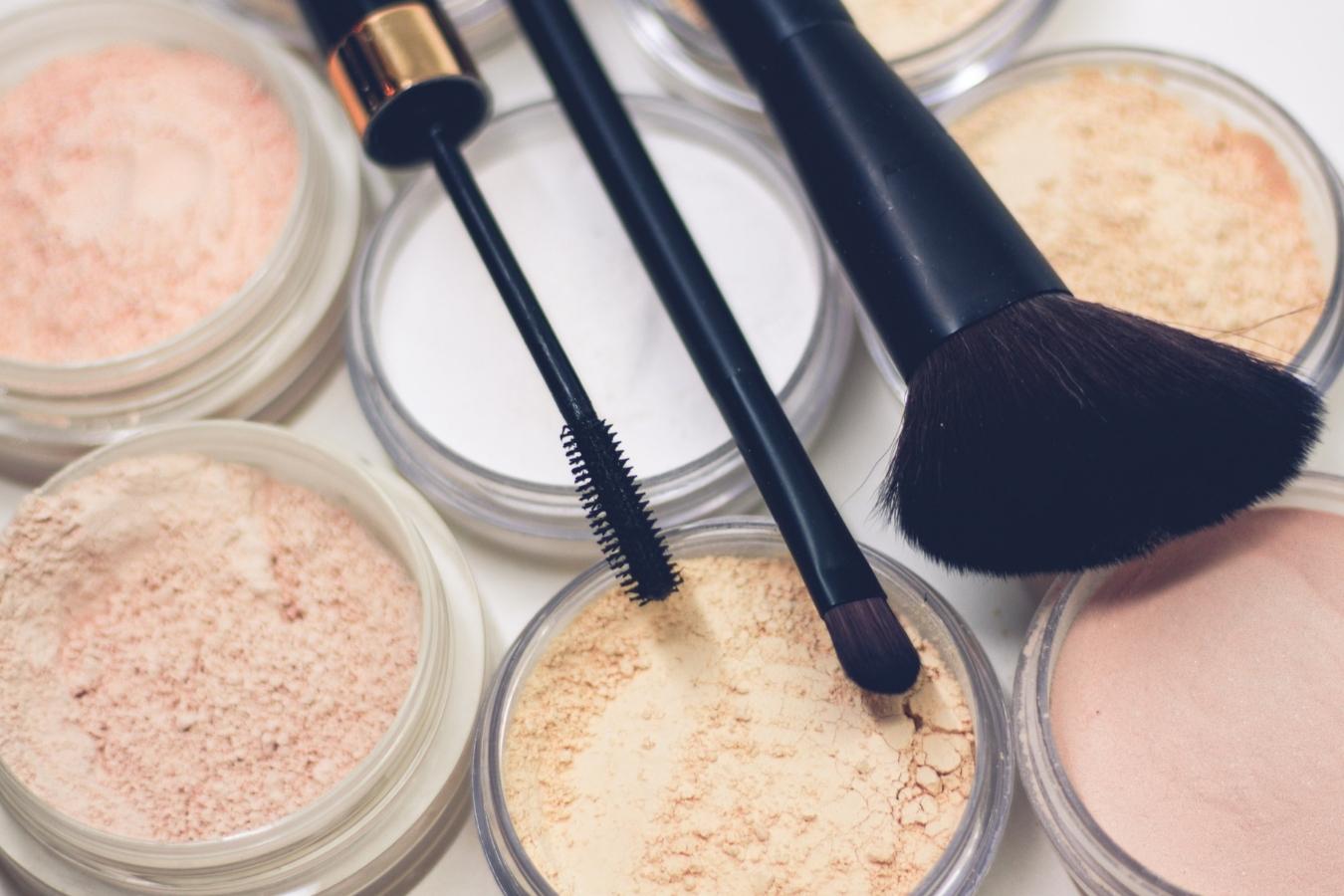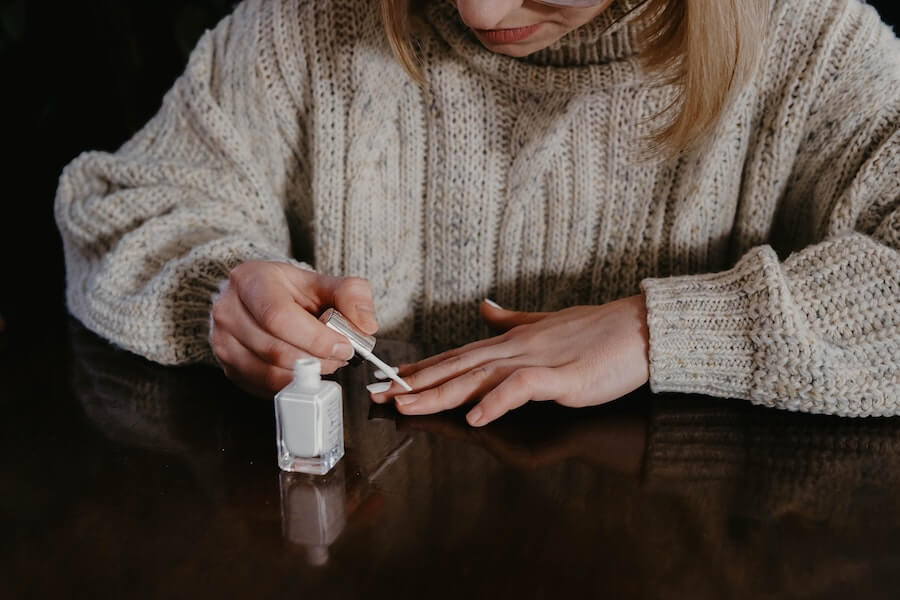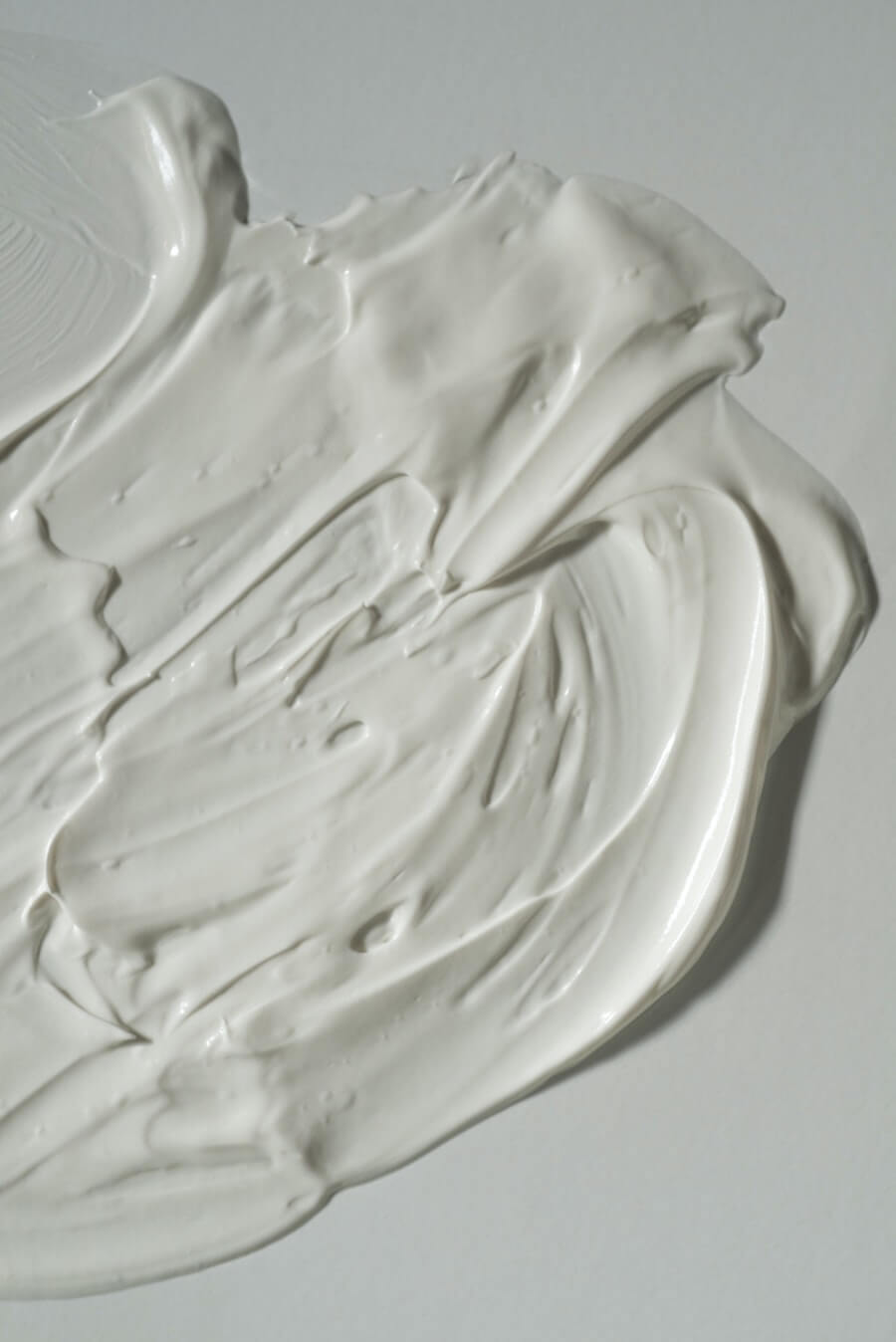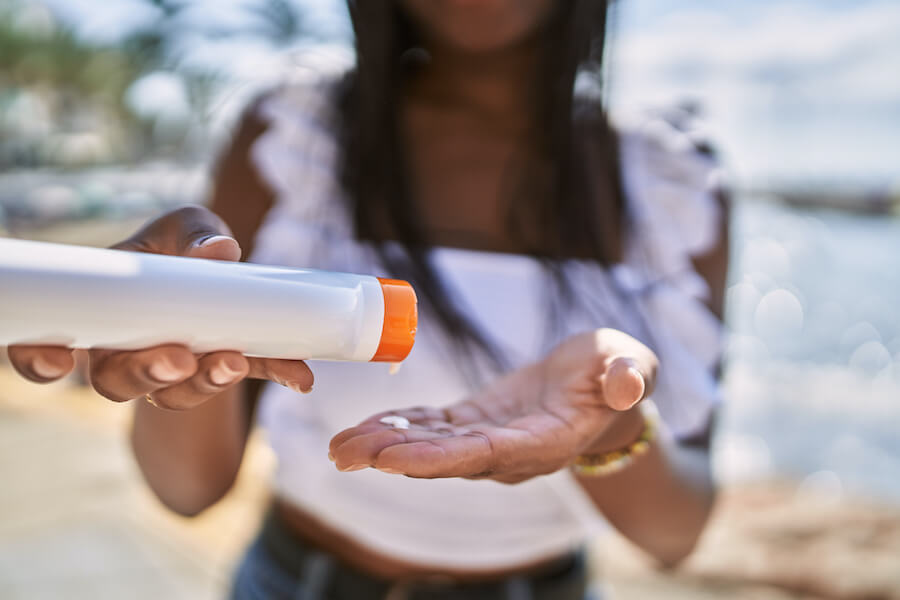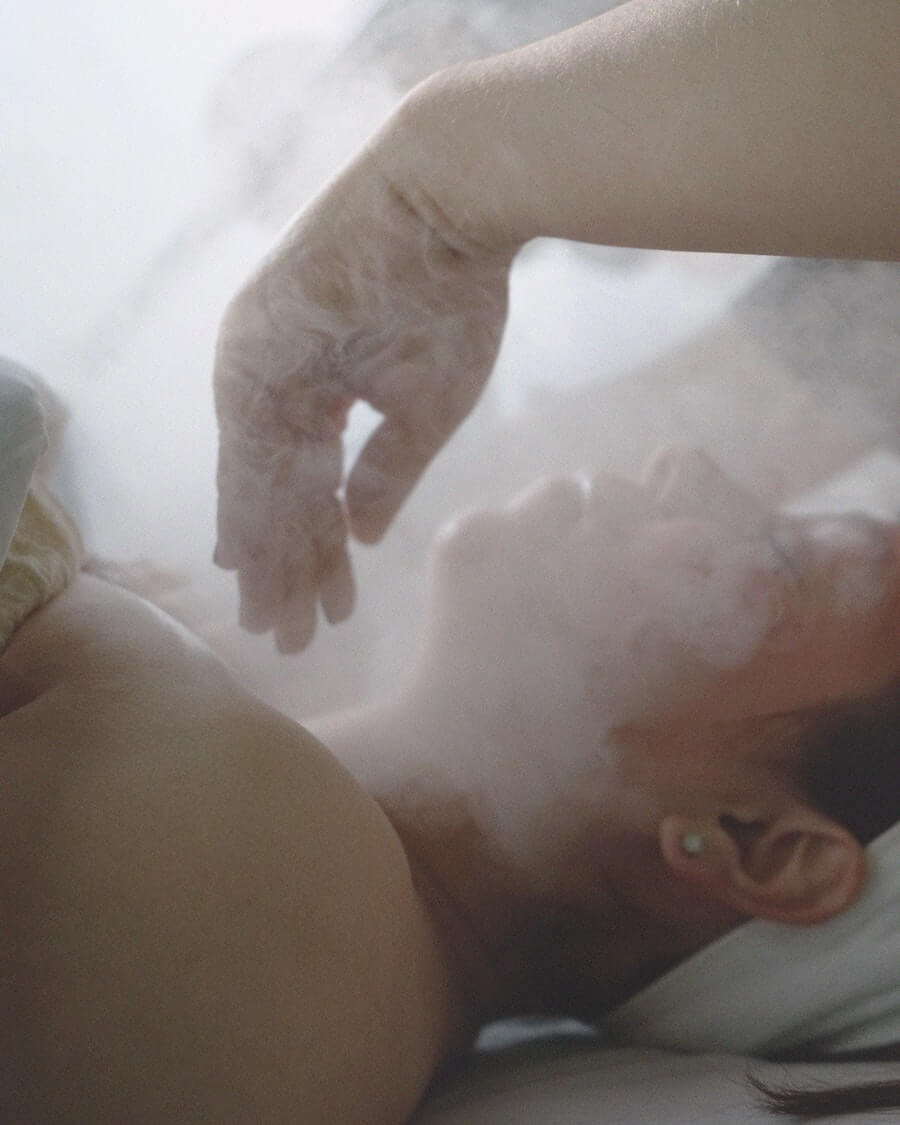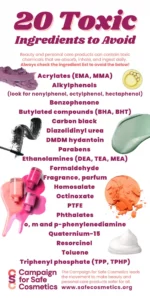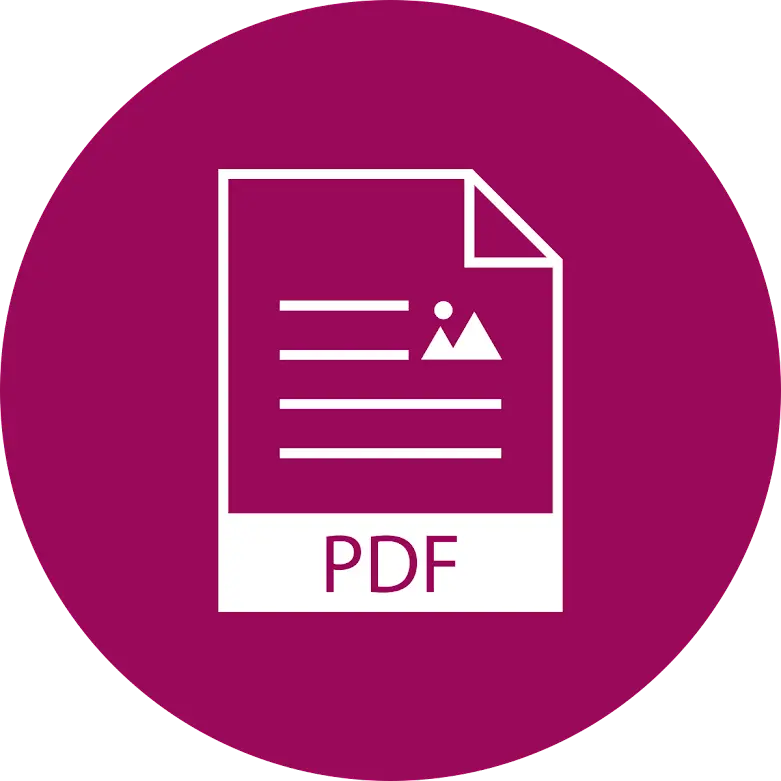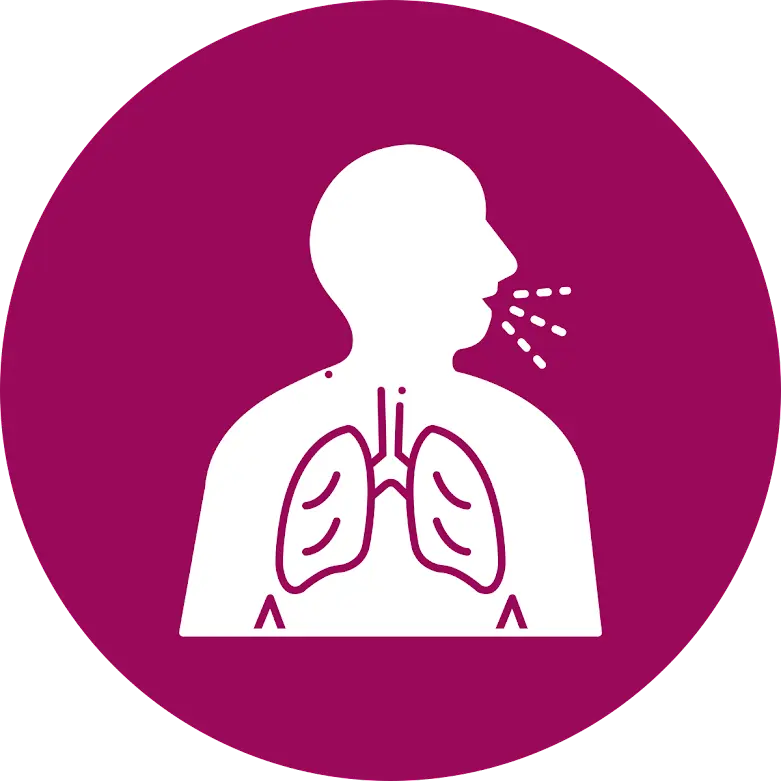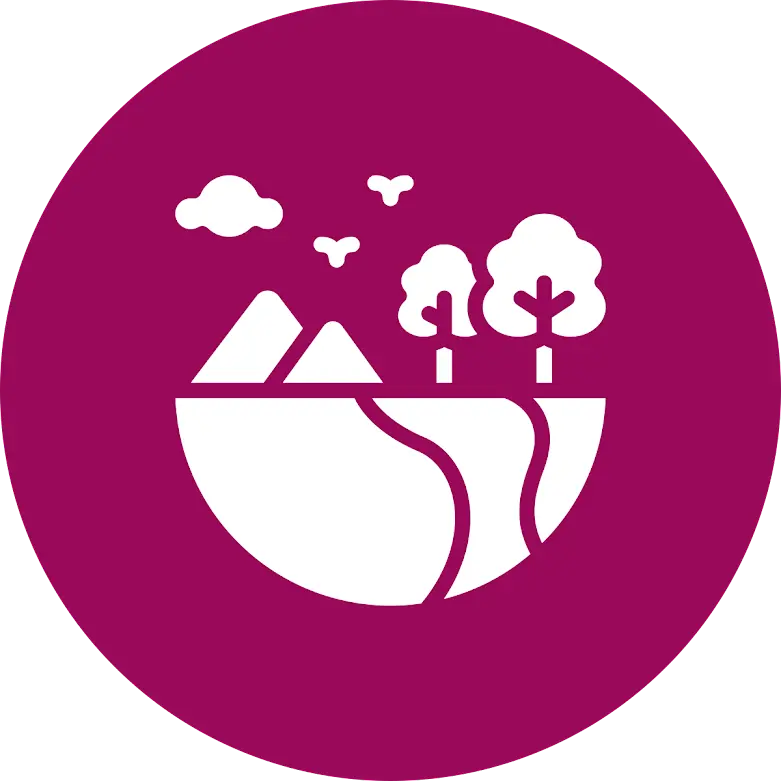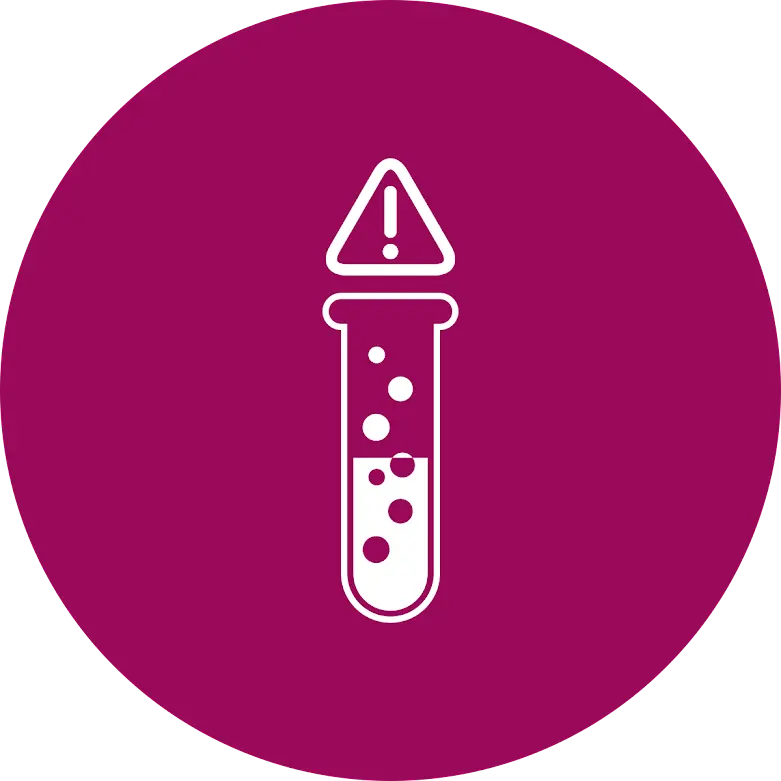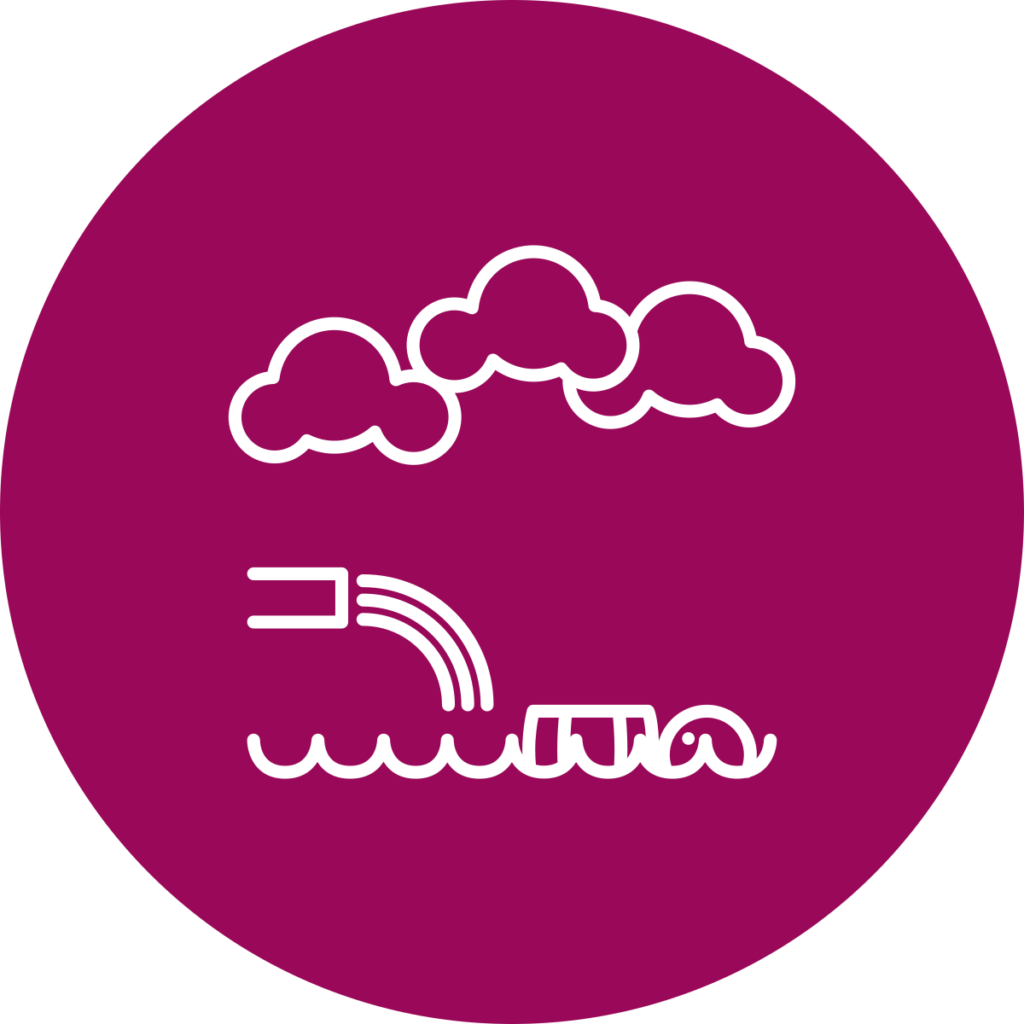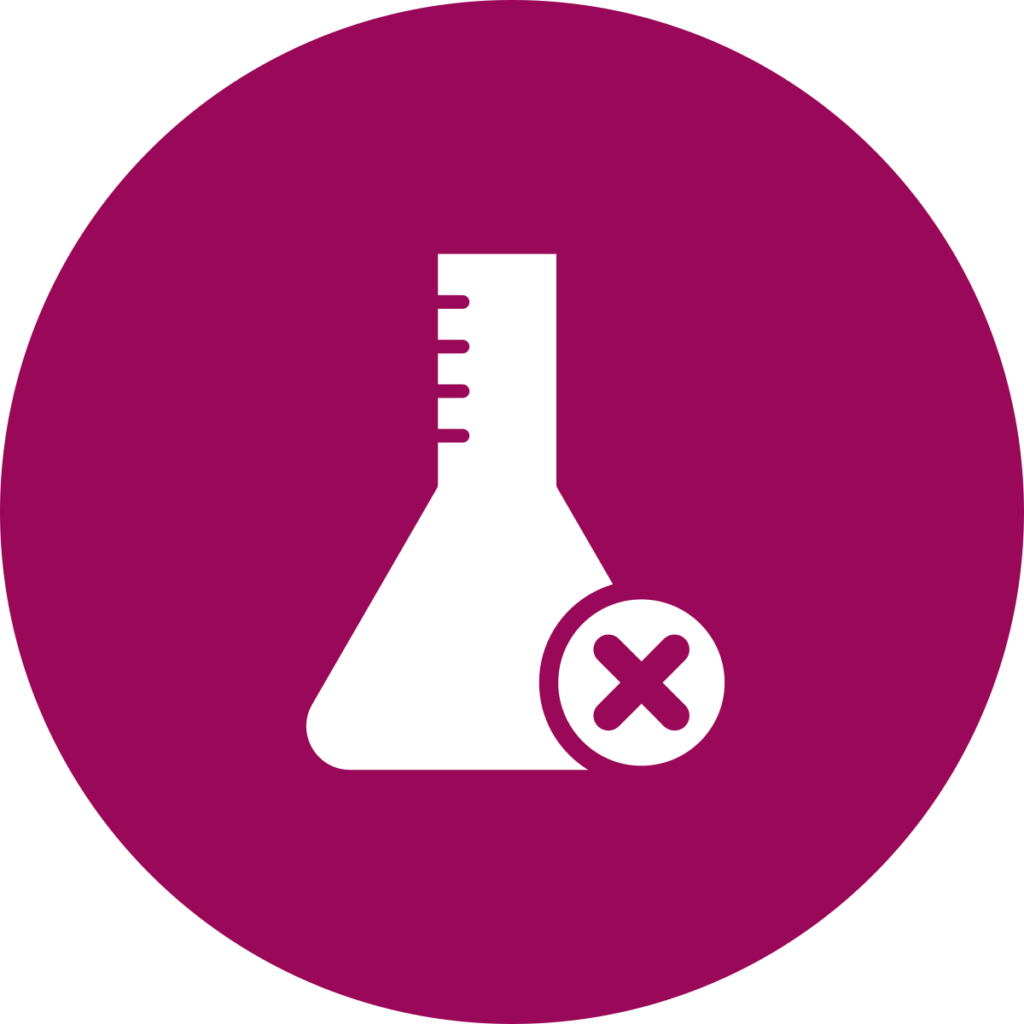[1] Halden RU. “On the need and speed of regulating triclosan and triclocarban in the United States.” Environ Sci Technol. 2014 Apr 1;48(7):3603-11. Print.
[2] Calafat A et al. “Urinary Concentrations of Triclosan in the U.S. Population: 2003-2004.” Environ Health Perspect. 116:303-307. Print.
[3] Wood A. 2005. FDA Non-Prescription Drugs Advisory Committee. Accessed November 5, 2013.
[4] FDA’s Consumer Updates. FDA Taking Closer Look at “Antibacterial” Soap. Available online: http://www.fda.gov/ForConsumers/ConsumerUpdates/ucm378393.htm. Accessed April 21, 2022.
[5] Halden RU. “On the need and speed of regulating triclosan and triclocarban in the United States.” Environ Sci Technol. 2014 Apr 1;48(7):3603-11. Print.
[6] Zorrilla L, Gibson EK, Jeffay SC, Crofton KM, Setzer Wr, Cooper RL, and Stoker TE. “The effects of Triclosan on Puberty and Thyroid Hormones in Male Wistar Rats.” 107(1) 56-64. Print.
[7] Ahn KC, Zhao B, Chen J, Cherednichenko G, Sanmarti E, Denison MS, Lasley B, Pessah IN, Kültz D, Chang DP, Gee SJ, Hammock BD. “In vitro biologic activities of the antimicrobials triclocarban, its analogs, and triclosan in bioassay screens: receptor-based bioassay screens.” Environ Health Perspect. 2008 Sep;116(9):1203-10. Print.
[8] Ahn KC, Zhao B, Chen J, Cherednichenko G, Sanmarti E, Denison MS, Lasley B, Pessah IN, Kültz D, Chang DP, Gee SJ, Hammock BD. “In vitro biologic activities of the antimicrobials triclocarban, its analogs, and triclosan in bioassay screens: receptor-based bioassay screens.” Environ Health Perspect. 2008 Sep;116(9):1203-10. Print.
[9] Chen J, Ahn KC, Gee NA, Ahmed MI, Duleba AJ, Zhao L, Gee SJ, Hammock BD, and Lasley BL. “Triclocarban enhances testosterone action: a new type of endocrine disruptor?” Endocrinology. 2008 Mar;149(3):1173-9. Print.
[10] Huang H, Du G, Zhang W, Hu J, Wu D, Song L, Xia Y, and Wang X. “The in vitro estrogenic activities of triclosan and triclocarban.” J Appl Toxicol. 2014 Sep;34(9):1060-7. Print.
[11] Christen V, Crettaz P, Oberli-Schrämmli A, and Fent K. “Some flame retardents and the antimicrobials triclosan and triclocarban enhance the androgenic activity in vitro.” Chemosphere. 2010 Nov;81(10):1245-52. Print.
[12] Huang H, Du G, Zhang W, Hu J, Wu D, Song L, Xia Y, and Wang X. “The in vitro estrogenic activities of triclosan and triclocarban.” J Appl Toxicol. 2014 Sep;34(9):1060-7. Print.
[13] Hinther A, Bromba CM, Wulff JE, and Helbing CC. “Effects of triclocarban, triclosan, and methyl triclosan on thyroid hormone action and stress in frog and mammalian culture systems.” Environ Sci Technol. 2011 Jun 15;45(12):5395-402. Print.
[14] Zenobio JE, Sanchez BC, Archuleta LC, and Sepulveda MS. “Effects of triclocarban, N,N-diethyl-meta-toluamide, and a mixture of pharmaceuticals and personal care products on fathead minnows (Pimephales promelas).” Environ Toxicol Chem. 2014 Apr;33(4):910-9. Print.
[15] Heath R, Li J, Roland GE, and Rock CO. “Inhibition of Staphylococcus aureus NADPH-dependent enoyl-acyl carrier protein reductase by triclosan and hexachlorophene.” Journal of Biological Chemistry. 275: 4654-9. Print.
[16] Aiello AE, Marshall B, Levy SB, Della-Latta P, Lin SX, and Larson E. “Antibacterial Cleaning Products and Drug Resistance.” Emerging Infectious Diseases. 11(10): 1565–1570. Print.
[17] Levy SB. “Antibiotic and antiseptic resistance: impact on public health.” Pediatr Infect Dis J. 19(10 Suppl):S120-2. Print.
[18] Yazdankhah SP, Scheie AA, Hoiby EA, Lunestad BT, Heir E, Fotland TO, Naterstad K, and Kruse H. “Triclosan and antimicrobial resistance in bacteria: an overview.” Micrb Drug Resist. 12(2):83-90. Print.
[19] Davies AJ and Maillard JY. “Bacterial adaptation to biocides: the possible role of ‘alarmones’.” J Hosp Infect. 49(4):300-2. Print.
[20] SCCS (Scientific Committee on Consumer Safety), Preliminary opinion on triclosan antimicrobial resistance. March 23, 2010. European Commission, Brussels.
[21] Adolfsson-Erici M, Pettersson M, Parkkonen J, and Sturve J. “Triclosan, a commonly used bactericide found in human milk and in the aquatic environment in Sweden.” Chemosphere. 46(9-10):1485-9. Print.
[22] Allymr M, Adolfsson-Erici M, McLachlan MS, and Sandborgh-Englund G. “Triclosan in plasma and milk from Swedish nursing mothers and their exposure via personal care products.” Sci Total Environ. 372(1):87-93. Print.
[23] Greenpeace and WWF. A Present for Life: Hazardous chemicals in umbilical cord blood. Available online: https://www.wwf.eu/?23130/A-Present-for-Life-hazardous-chemicals-in-umbilical-cord-blood. Accessed April 21, 2022.
[24] Chalew TE and Halden RU. “Environmental Exposure of Aquatic and Terrestrial Biota to Triclosan and Triclocarban.” J Am Water Works Assoc. 2009;45(1):4-13. Print.
[25] Higgins CP, Paesani ZJ, Chalew TE, Halden RU, and Hundal LS. “Persistence of triclocarban and triclosan in soils after land application of biosolids and bioaccumulations in Eisenia foetida.” Environ Toxicol Chem. 2011 Mar;30(3):556-63. Print.
[26] Prosser RS, Lissemore L, Solomon KR, and Sibley PK. “Toxicity of biosolids-derived triclosan and triclocarban to six crop species.” Environ Toxicol Chem. 2014 Aug;33(8):1840-8. Print.
[27] Adolfsson-Erici M, Pettersson M, Parkkonen J, and Sturve J. “Triclosan, a commonly used bactericide found in human milk and in the aquatic environment in Sweden.” Chemosphere. 46(9-10):1485-9. Print.
[28] EWG’s Skindeep Database. Triclocarban. Available online: http://www.ewg.org/skindeep/ingredient/706622/TRICLOCARBAN/. Accessed April 21, 2022.
[29] EPA. Triclosan. Available online: https://www.epa.gov/ingredients-used-pesticide-products/triclosan. Accessed April 21, 2022.
[30] Wood A. 2005. FDA Non-Prescription Drugs Advisory Committee.
